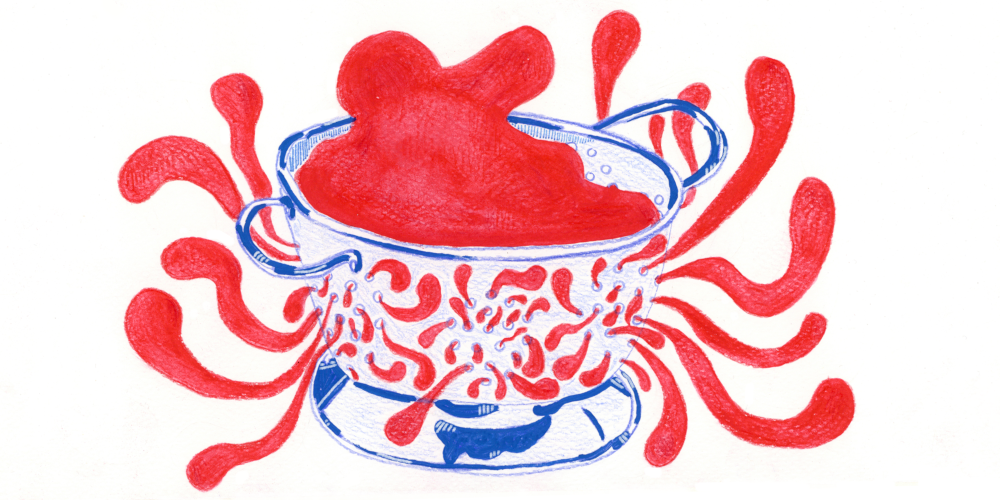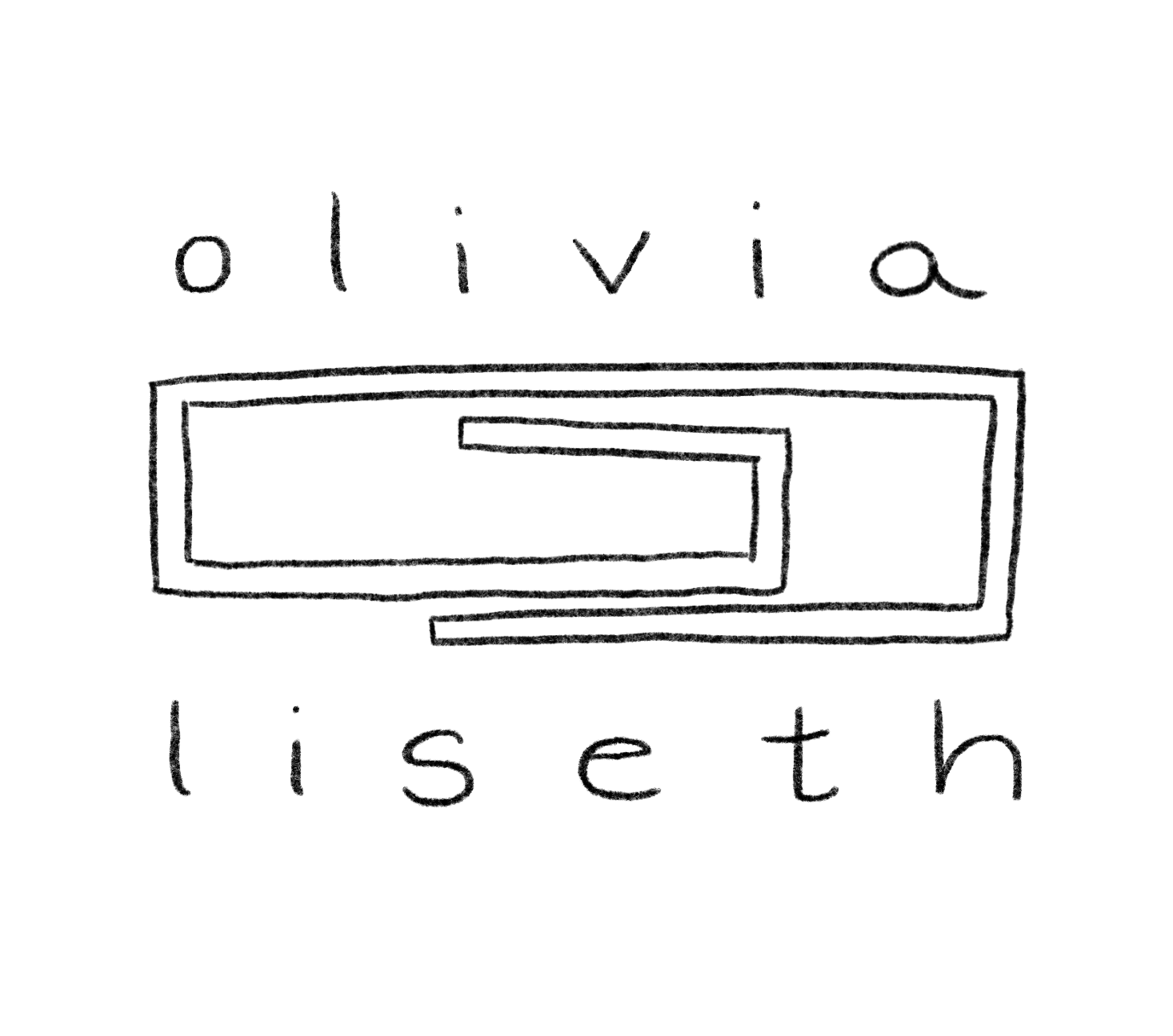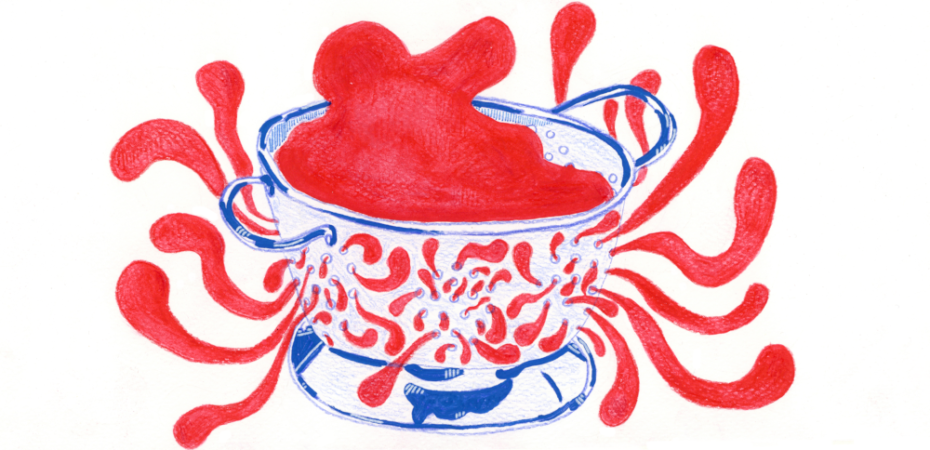
In this post, Dr Polly Hashmi explores how outlandish and humorous analogies can help make abstract constructs easier to understand and engage with in the Physiology classroom. Polly is a Teaching Fellow at the University of Edinburgh Medical School. This post belongs to the Engaging and Empowering Learning: Celebrating Best Practices series.
Outlandish analogies grab attention and create mental images that stick, making it easier for students to retain information.
Teaching complex subjects like physiology in the first year of medical school presents significant challenges. Concepts are often abstract, making it difficult for students to connect material to something tangible and relatable. One innovative method I use to enhance understanding and engagement is the use of outlandish or humorous analogies. By presenting physiological concepts in unconventional ways, I help students visualise complex processes, transforming abstract ideas into more memorable experiences.
The role of analogies in learning
Analogies have long been recognised as a powerful educational tool (Gentner & Jeziorski, 1993). They help bridge the gap between new information and students’ existing knowledge, making abstract concepts easier to understand. By relating a new idea to something students already know, I simplify content and provide models that are easier to recall, especially during assessments.
In teaching physiology, analogies make abstract processes, such as cellular respiration or blood pressure regulation, more accessible. When these analogies are exaggerated or “outlandish,” they captivate students’ imaginations and help them move beyond simple memorisation to deeper understanding.
Why outlandish analogies work
Outlandish analogies stretch basic comparisons into bizarre or humorous scenarios and research shows that humour and vivid imagery can enhance learning. Studies indicate that humour can increase engagement and reduce anxiety (Garner, 2006), which is crucial in high-pressure programmes like medicine. Humour and exaggerated analogies make material less intimidating and more approachable, which reduces cognitive load (Van der Meij & Carroll, 2012).
Additionally, outlandish scenarios tap into the brain’s tendency to remember unique or unusual events. The brain retains information that stands out, and an exaggerated or creative analogy creates a memorable image students can recall when encountering the concept again. This aligns with cognitive theories that emphasize emotional and cognitive engagement in learning (Immordino-Yang & Damasio, 2007) whereby the true value of an outlandish scene lies in anchoring the concept in the student’s memory.
Examples of outlandish analogies/scenarios in Physiology
Outrageous analogies can be a fun and effective way to teach complex physiological concepts. For example, when introducing biomolecules, I use the analogy of building blocks, comparing each biomolecule group (carbohydrates, proteins, lipids, and nucleic acids) to different sets of Lego pieces. I then enhance this with a humorous twist, describing parents stepping on these Lego blocks, triggering pain and a colourful stream of expletives, to help students remember the building blocks and their roles. Also, we have a fair number of students who are parents themselves so they can relate to this painful scenario.
Similarly, to explain the function of pacemaker cells in the cardiovascular system, I invoke the image of a heart being ripped out of the body, inspired by a scene from the movie Dumb and Dumber. I ask the students whether the heart, now in my hand, would keep pumping, which leads into a discussion of autorhythmic cells and their ability to continue beating without external stimulation. These outlandish scenarios not only make the material more memorable but also encourage students to think critically about how pacemaker cells maintain the heartbeat. By connecting these concepts to vivid, relatable images, I help ensure that the material sticks long after the lecture ends, as has been evidenced from comments in student evaluations.
Teaching cellular transport—the process by which substances move across the plasma membrane—can be made more engaging with outlandish analogies. For instance, some transport proteins have gates, while others do not. I liken the gated proteins to the British, who are known for keeping their doors locked, while the ungated proteins are compared to Canadians, who are famously known for leaving their doors unlocked. Though humorous, this analogy helps students visualize the differences between transport proteins by associating them with these “cultural” characteristics, making the concept easier to remember.
For more complex physiological processes, such as the functioning of the nephron in the kidneys, I use the analogy of a kitchen colander, to help visualise which components of whole blood are “sieved” out into the sink (Bowman’s capsule) during the process of glomerular filtration. This can be a tricky process to comprehend but by listing all the components typically found in whole blood and then asking the students which ones they would push through the biological colander and which ones would not fit, they understand the criteria involved for such a selection process.
Benefits beyond engagement: Deepening understanding and application
Outlandish analogies may seem light-hearted, but they promote active learning. By engaging students’ creativity, these analogies encourage critical thinking about how physiological systems function and how their components interconnect. Active engagement strengthens cognitive processes and problem-solving skills, which are crucial for application of knowledge.
These analogies also encourage collaboration among students, who often develop their own exaggerated analogies in small group settings. This collaborative aspect fosters peer teaching and learning, which have been shown to enhance retention and understanding (Johnson et al., 2014). As students work together to discuss or create analogies, they verbalize their understanding, reinforcing their learning.
Conclusion
In the first year of medical school, where students tackle abstract concepts that form the foundation for future clinical practice, outlandish analogies are a valuable teaching tool for physiology. They help create vivid, memorable, and humorous comparisons that reduce cognitive load, increase engagement, and promote deeper understanding. While these analogies are not a replacement for traditional teaching methods, they complement them by making complex material more accessible. When used effectively, outlandish analogies can transform the way students relate to physiology, leading to a more dynamic and enjoyable learning experience.
References
Garner, R. L. “Humor in Pedagogy: How Ha-Ha Can Lead to Aha!” College Teaching, vol. 54, no. 1, 2006, pp. 177–80. JSTOR, http://www.jstor.org/stable/27559255. Accessed 6 Mar. 2025. https://doi.org/10.3200/CTCH.54.1.177-180.
Gentner, D., and M. Jeziorski. “The Shift from Analogy to Similarity.” The Analogical Mind: Perspectives from Cognitive Science, edited by D. Gentner, K. J. Holyoak, and B. N. Kokinov, MIT Press, 1993, pp. 199–219.
Ifra, S., and S. Ghazal. “Humor as a Tool to Teaching Effectiveness.” Journal of Behavioural Sciences, vol. 29, no. 1, 2019, p. 25.
Immordino-Yang, M. H., and A. Damasio. “We Feel, Therefore We Learn: The Relevance of Affective and Social Neuroscience to Education.” Mind, Brain, and Education, vol. 1, no. 1, 2007, pp. 3–10. https://doi.org/10.1111/j.1751-228X.2007.00004.x.
Johnson, David W., Roger T. Johnson, and Karl A. Smith. “Cooperative Learning: Improving University Instruction by Basing Practice on Validated Theory.” Journal on Excellence in College Teaching, vol. 25, no. 3 & 4, 2014, pp. 85–118.
Van der Meij, H., and J. M. Carroll. “The Influence of Humor on Cognitive Load and Learning in Multimedia Instructional Materials.” Computers in Human Behavior, vol. 28, no. 5, 2012, pp. 1777–87.
 Polly Hashmi
Polly Hashmi
Dr Polly Hashmi is a Teaching Fellow at the University of Edinburgh Medical School. She has extensive experience in teaching, research, and publishing, with a strong focus on Scholarship of Teaching and Learning (SoTL). Before joining the HCP-Med programme in May 2019, she served as an Associate Professor at the University of Wisconsin-Stout, USA, for 10 years, where she taught undergraduate courses both in-person and online. Dr. Hashmi is known for her innovative teaching techniques designed to enhance student engagement, particularly in digital learning environments.
Her research spans both biomedical sciences and education, with a focus on the aetiology of hypertension and other cardiovascular-related issues using rodent models. In the field of SoTL, she explores evidence-based teaching strategies, curriculum development, and the impact of online learning on student outcomes.
 Olivia Liseth
Olivia Liseth
Olivia Liseth is as an illustration student at the Edinburgh College of Art. She is a professional illustrator from Norway who’s passionate about connecting with people through her work, as well as opening up conversations on wellbeing, healing and noticing the beauty in the everyday. You can find her at olivialiseth.com or on Instagram @olivialiseth_art.



I have been using analogies in my teaching for a while (to positive effect) but I have struggled to articulate why they are helpful. At times I have had to consider whether I am going daft. I didn’t realise analogies in teaching were commonly used or had been written about in terms of their educational value. Interesting post, thank you for sharing.
Thanks so much for commenting Brodie! It would be great if you wanted to write a post about how you use them in your teaching! Jenny